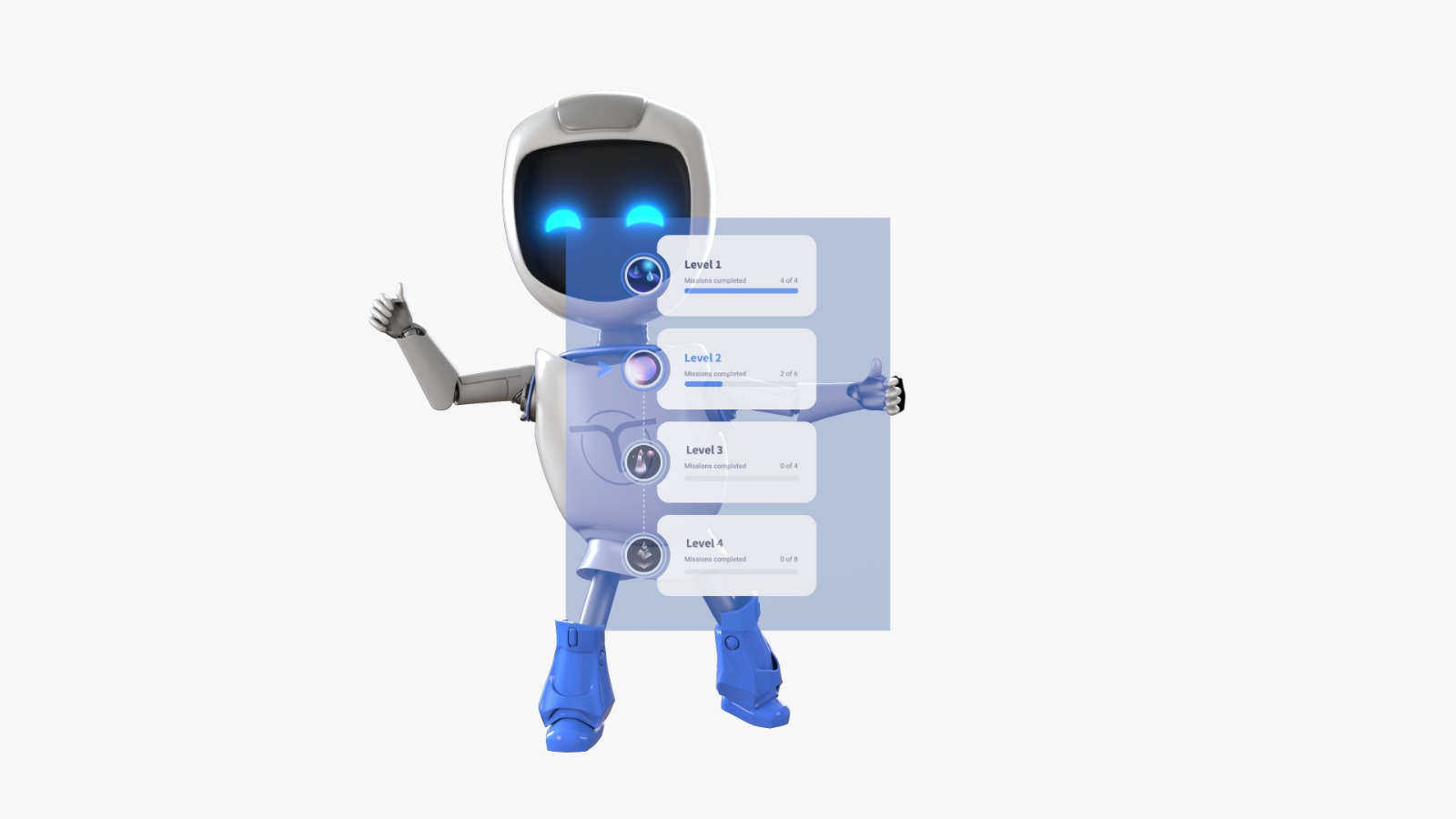The first steps of a new employee in a new company are so important. Besides the employee needing to get to know their new colleagues and duties, the process they go through also serves as a test for the L&D team, as the new employee will already be forming their first impressions.
New hire orientation is all about giving a warm welcome to new employees and helping them understand their roles within the organization. Often mixed up with onboarding, orientation is a series of structured activities that introduce new hires to the company’s mission, values, and operational procedures. In our next article, we’ll dive into the key aspects of creating an effective orientation process and where onboarding fits into the picture.
What is new hire orientation?
New employee orientation is the first contact between a new hire and their workplace. This initial phase isn’t just a procedural necessity; it’s a golden opportunity to embed new hires into the company culture, align them with organizational goals, and set the stage for their future success. It helps create a sense of belonging, aligns employees with the company’s mission from day one, and clearly communicates job responsibilities, performance expectations, and metrics for success.
Onboarding vs. orientation. Yes, there is a difference between them
Though often mixed up, orientation and onboarding are actually two different beasts. Orientation is like the appetizer of the onboarding feast – it’s the initial bite, usually happening on day one or week one of the job.
The importance of orientation and the whole onboarding is backed by a ton of studies. According to shrm.org, 69% of employees are more likely to stick around for three years if they had a killer onboarding experience. Plus, those who went through a structured onboarding program were 58% more likely to stick around after three years. Another study by Brandon Hall Group even found that a strong onboarding process boosted new hire retention by 82%.
So, for all you L&D pros out there, this is ground zero in the employee loyalty game and the key to making them feel like part of the company crew.
9 innovative orientation ideas in 2024: What to do on Week 1
Have you found the perfect candidate for the job? Great! Now it’s time to ensure their orientation goes smoothly. If you really want to impress a new hire, try these innovative ideas to make them feel welcome and confident:
- Welcome kit. Welcome kits containing a mug, stationery and stickers are pretty common, but you can impress your new hire with a book, a voucher or an accessory. Sending each new hire a questionnaire can help you find out more about their hobbies and interests.
- Introduce wellness programs early on, offering access to resources such as meditation apps, fitness challenges, and mental health support. Let new employees know your company fosters a healthy and balanced work environment, enhancing overall well-being and productivity.
- Welcome lunch. A team lunch is another great idea to introduce the team in a relaxed setting.
- Video introductions: Have team members create short video introductions to help the new hire put faces to names and learn about colleagues’ roles.
- 1:1 Meeting with the manager. A 1:1 meeting with the project manager, team lead, or even with the CEO if possible, allows the new hire to ask questions and feel comfortable with the management team. Try to make it informal and fun.
- Feedback sessions. A few check-in meetings with the manager during the first weeks can help the new hire discuss their initial impressions and address any concerns or questions.
- Gamification. Incorporate gamified elements into the orientation process (quizzes, scavenger hunts, challenges) to make learning fun and interactive.
- Cultural immersion: Include activities that immerse the new hire in the company culture, such as participation in volunteer events, hackathons, or innovation days.
- Health and wellness: Introduce wellness programs early on, offering access to resources like meditation apps, fitness challenges, or mental health support.
When does the onboarding process and training come in
The onboarding process kicks off with the first days of orientation but usually stretches over several months. Progressing through company processes and tackling initial tasks are important steps for understanding how the team operates and their workflow. The L&D team plays a significant role here.
As an L&D professional, you need to ensure that the new hire receives technical and operational training related to the specific tasks and responsibilities of the job. This might include courses on using particular tools or systems employed by the organization. How can you do this effectively? With a customized course tailored to the business needs of the company and the skills the new colleague needs to develop to add value.
Nowadays, with modern training methods, things get simpler for any L&D team. A microlearning platform powered by AI that helps you create customized training sessions is a time and money-saving solution, aiding employees in efficiently learning and immediately applying the concepts they’ve learned.
For instance, with Code of Talent, you can transform a clear business objective into a well-defined training program in just a few minutes, thanks to AI capabilities. You can effortlessly create onboarding, sales, soft skills, or compliance training courses and then customize them with desired elements (photos or videos).
Click here to try it now.
Photo credit: Pexels





